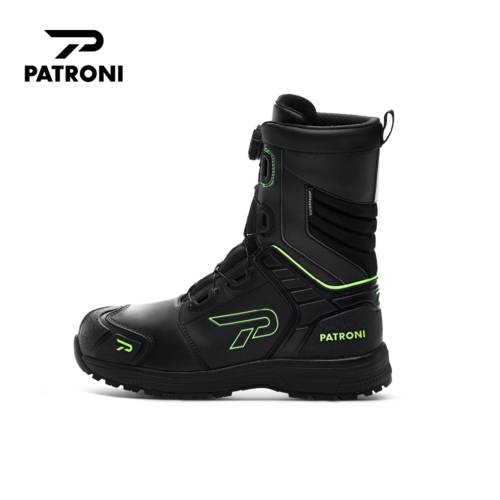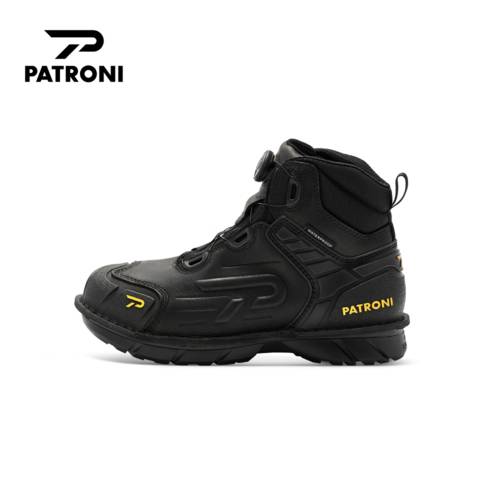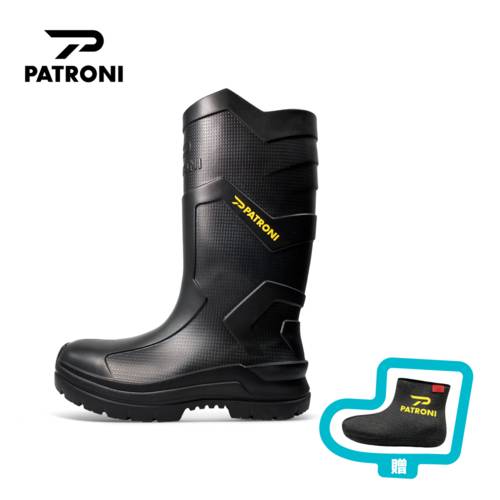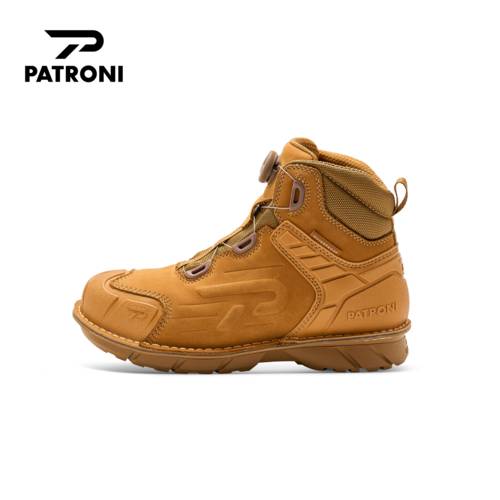Global Sourcing for Protective Equipment | Oteplace
In today's unpredictable world, can you be certain your staff has the protection they deserve? Imagine a scenario: a vital shipment of face masks gets delayed, leaving your hospital vulnerable. Or a construction crew discovers their safety goggles are faulty mid-project, putting them at risk. These situations are more than just stressful – they're preventable.
From understanding the different regulatory standards to evaluating supplier credentials, this article will provide you with a successful global sourcing strategy to make informed decisions and protect your business and employees. Let's navigate further into global sourcing for protective equipment and equip ourselves with the knowledge and resources to make informed decisions. Also discover valuable insights, actionable advice, and expert guidance on supply chain management for navigating the global marketplace.
Ready to unlock a world of reliable protection for your workforce? Dive deeper and discover the power of strategic global sourcing!
What Is Global Sourcing?
Global sourcing is the practice of seeking the most cost-effective materials, components, or services from worldwide markets to meet a company's requirements. It involves sourcing goods or services from different countries based on factors such as cost, quality, availability, and expertise.
Global sourcing allows businesses to access a wider range of suppliers, leverage economies of scale, and take advantage of specialized capabilities or resources that may not be available domestically. However, it also introduces challenges such as cultural differences, language barriers, logistics complexities, and supply chain risks, which must be carefully managed to ensure success.
What Is The Difference Between Outsourcing And Global Sourcing?
Outsourcing
Outsourcing involves contracting specific business functions or processes to external vendors or third-party providers, whether they are located domestically or internationally.
It entails transferring the responsibility and management of those functions to the external party. While outsourcing may involve offshoring certain tasks or processes to foreign countries, it extends beyond sourcing goods or services and can encompass a broader range of business functions.
Global Sourcing
Conversely, global sourcing is the practice of procuring the most cost-effective materials, components, or services from worldwide markets to meet a company's requirements.
It specifically focuses on procurement and supply chain management, aiming to optimize sourcing strategies across different countries to achieve cost savings, access specialized expertise, and diversify supply chain risks.

Global Sourcing – Pros And Cons
There are several pros and cons associated with global sourcing.
Pros to Global Sourcing
-
Cost Saving in Production:
Sourcing goods or services from low-cost countries or those with low trade tariffs can lead to substantial savings in production costs for companies. This enables them to offer more competitive prices to consumers while bolstering their profit margins.
-
Access to Specialized Skills and Expertise:
Global sourcing offers access to specialized skills and expertise that may not be easily found through domestic sourcing alone. This provides companies with a distinct competitive edge in the market.
Cons to Global Sourcing
-
Risk of Procurement Processes and Supply Chain Disruptions:
One of the primary concerns with global sourcing is the inherent risk associated with procurement processes and potential supply chain disruptions. Sourcing from other countries exposes companies to various financial and political risks, which can result in disruptions and lead to delays or shortages in the delivery of goods or services.
-
Cultural and Language Barriers:
Furthermore, global sourcing may encounter cultural and language barriers that can hinder effective communication and collaboration between the company and its overseas suppliers. These barriers can impede efficiency and productivity in the sourcing process.
Strategies For Effective Global Sourcing
There are five levels of global sourcing, starting from domestic purchasing and progressing to international sourcing, international procurement, centralized procurement across global locations, and finally integrated global sourcing strategy. Each level represents a higher degree of complexity and requires careful planning and execution.
Implementing successful and advanced global sourcing strategies requires a systematic approach. Implement quality control measures to ensure that the products or services meet the required standards. Monitoring supplier performance regularly is key to identifying any areas for improvement and making necessary adjustments to the sourcing strategy.
1. Researching Potential Suppliers for Global Sourcing
Identify the countries in the global market that are most suitable for your sourcing needs. The next step will be to research potential suppliers within those countries. This involves gathering information about the suppliers' reputation, experience, and track record.
There are several ways to procure materials:
-
Utilize Online Platforms:
One of the most effective methods is to leverage online platforms and directories that specialize in connecting buyers with suppliers. These platforms often provide detailed profiles and reviews of suppliers, allowing you to assess their reliability and credibility. Oteplace, a leading online platform for PPE sourcing, simplifies your search by connecting you with a vast network of pre-vetted suppliers.
Here's how Oteplace streamlines your search:
-
Global Reach:
Access a diverse pool of reputable PPE suppliers from around the world.
-
Verified Suppliers:
Oteplace vets each supplier on their platform, ensuring a high level of credibility and reliability.
-
Detailed Profiles:
Gain access to comprehensive supplier profiles that showcase their experience, product offerings, and certifications.
-
-
Explore Industry Activities:
Trade shows, and industry conferences can also be valuable sources of information. Attending these events allows you to meet suppliers face-to-face, ask questions, and evaluate their products firsthand, further helping your procurement strategy.
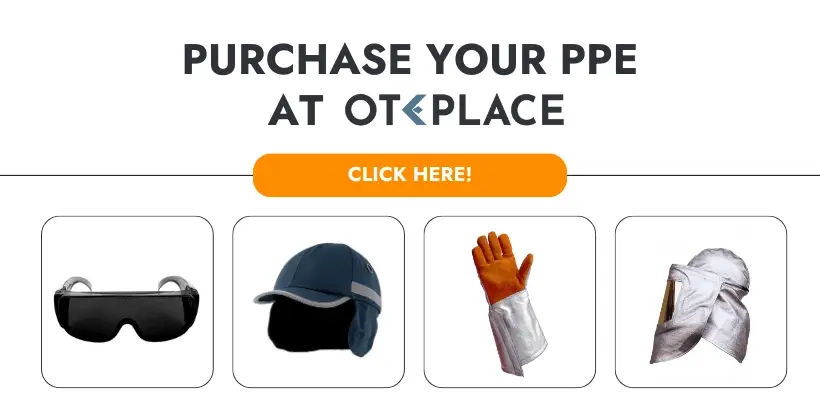
2. Evaluating Supplier Reliability And Credibility
Once you have shortlisted potential suppliers, evaluate their reliability and credibility. This involves conducting due diligence, which includes verifying their credentials, certifications, and references.
-
Start by checking if the suppliers have the necessary certifications and licenses to produce and export protective equipment. Look for certifications such as ISO 9001, ISO 13485, or CE marking, depending on the type of protective equipment you require.
Next, reach out to the suppliers and request references from their existing clients. Contact these references to inquire about their experience working with the supplier. Ask about the quality of the products, the supplier's responsiveness to inquiries and concerns, and their overall satisfaction with the business relationship.
3. Ensuring Product Quality And Safety Standards
When it comes to protective equipment, product quality and safety standards are of utmost importance. The last thing you want is to invest in equipment that fails to provide adequate protection.
Consider requesting product samples from the suppliers you have shortlisted. This allows you to evaluate the materials used, the construction of the equipment, and its overall durability. You can also have the samples independently tested to verify their compliance with relevant safety standards.
Establish clear quality control processes with your suppliers. This includes defining and documenting your expectations regarding product specifications, testing procedures, and quality assurance checkpoints. Regular inspections and audits can help ensure that the suppliers consistently meet these requirements.
4. Negotiating Contracts And Agreements
Once you have selected your suppliers and are satisfied with their reliability, credibility, and product quality, it's time to negotiate contracts and agreements. These documents serve as the foundation for your business relationship and provide legal protection for both parties.
When negotiating contracts, be clear and specific about your expectations regarding product specifications, delivery timelines, pricing, and payment terms. Establish a mutually beneficial agreement that protects your interests while also being fair to the supplier.
Consider involving legal counsel to review and advise on the contracts and agreements. They can help ensure that the terms and conditions are favorable and enforceable and that any potential risks are appropriately addressed.

5. Managing Logistics And Shipping
Managing logistics and shipping is a critical aspect of global sourcing. It involves coordinating the movement of goods from the supplier's location to your desired destination. This process can be complex, involving multiple suppliers and various transportation modes.
To streamline the logistics process, consider partnering with a reputable freight forwarder or logistics provider. They can assist with customs clearance, shipping documentation, supplying low-cost skilled labor, and coordinating the transportation of your protective equipment. Additionally, they can help navigate any potential global sourcing challenges or delays that may arise during transit
6. Building Long-Term Relationships With Suppliers
Building long-term relationships with your suppliers is beneficial for several reasons.
It allows you to establish trust and rapport, which can lead to better communication, collaboration, and problem-solving. Long-term relationships also provide stability and continuity in your supply chain, reducing the risk of disruptions.
To foster strong relationships with your suppliers, maintain open lines of communication, and be responsive to their inquiries and concerns. Consider visiting their facilities periodically to demonstrate your commitment to the partnership. Additionally, paying suppliers on time and providing them with regular feedback can help strengthen the relationship.

7. Ensuring Compliance With International Sourcing Regulations And Standards
One way to ensure compliance is by conducting thorough due diligence on potential suppliers. This includes verifying their certifications and accreditations, as well as assessing their track record in adhering to international sourcing regulations. Work with suppliers who have a strong reputation for meeting industry standards and can provide documentation to support their compliance efforts.
Another important aspect of ensuring compliance is understanding the specific regulations and standards that apply to protective equipment sourcing. Different countries and regions may have their own set of rules and requirements, and be aware of these and incorporate them into your international procurement process. This may involve familiarizing oneself with international standards organizations, such as the International Organization for Standardization (ISO), and staying updated on any changes or updates to relevant regulations.
8. Future Trends And Considerations
One of the key trends in global sourcing for protective equipment is the diversification of supply chains. The pandemic has exposed the vulnerabilities of relying on a single country or region for producing essential equipment. As a result, there is a growing emphasis on diversifying supply chains to mitigate risks and ensure a more resilient sourcing strategy.
The pandemic has led to a surge in counterfeit and substandard products flooding the market, putting lives at risk. In response, there is growing recognition of the importance of stringent quality control measures and adherence to international standards in protective equipment production. Buyers are increasingly demanding transparency and accountability from suppliers, ensuring that their products meet the required standards for safety and effectiveness.

Factors To Consider When Sourcing Protective Equipment Globally
Before embarking on your global sourcing journey, consider several factors that can influence the success of your sourcing efforts.
-
Country Expertise & Specialization:
One of the key considerations is the country from which you plan to source your protective equipment. Different countries have varying levels of expertise and specialization in producing certain types of protective equipment. Some countries may have a strong manufacturing base for masks, while others excel in producing PPE gloves or gowns. Understanding these nuances can help you identify the most suitable countries for your specific needs.
-
Regulatory Compliance and Standards:
Another crucial factor to consider is the regulatory environment in the country of origin. Ensure that the suppliers you engage with adhere to the safety and quality standards set by relevant authorities. This helps to minimize the risk of purchasing substandard or counterfeit products.
-
Logistics and Shipping Considerations:
Finally, consider the logistics and shipping aspects of global sourcing. Distance, shipping costs, and import regulations can all impact the total cost and time required to receive your protective equipment.
Understanding The Importance Of Reliable Suppliers
When it comes to protective equipment, reliability is paramount. The stakes are high, as the quality and effectiveness of these products can mean the difference between life and death. This is why finding suppliers who prioritize quality, affordability, and prompt delivery is crucial.
Finding reliable PPE (Personal Protective Equipment) can be a challenge. OTEPLACE simplifies your search by connecting you with a vast network of global suppliers through an online marketplace. This means you have a wider selection and greater chance of finding the perfect equipment for your needs.
But Oteplace goes beyond just quantity. They prioritize three key dimensions crucial for responsible sourcing:
-
Uncompromising Quality:
You deserve peace of mind knowing your PPE meets the highest standards. Oteplace ensures transparency in supplier practices, so you can be confident in the quality and effectiveness of your purchases.
-
Innovation at Your Fingertips:
The world of PPE is constantly evolving. Oteplace keeps you up to date with the latest advancements, so you can access the most innovative and effective equipment available.
-
Sustainable Sourcing for a Healthy Future:
Sustainability matters. Oteplace prioritizes suppliers who share your commitment to ethical labor practices and environmentally responsible sourcing.
Oteplace empowers you to make informed decisions without sacrificing safety or ethics. By focusing on quality, innovation, and sustainability, they ensure you have the resources you need to protect your workforce while safeguarding the environment for future generations.
Ready to source with confidence? Visit Oteplace today and discover a world of reliable PPE solutions!
Navigate The Global Marketplace Effectively With The Right Global Sourcing Measures
Global sourcing protective equipment can be a complex endeavor, but with the right approach and careful consideration of the factors mentioned in this guide, you can find reliable suppliers worldwide. Remember to thoroughly research potential suppliers, evaluate their reliability and credibility, ensure product quality and safety standards, negotiate contracts and agreements, and effectively manage logistics and shipping.
By following these steps and building long-term relationships with your suppliers, you can secure high-quality protective equipment that meets your needs and keeps you and your stakeholders safe. Stay informed, be proactive, and adapt to the evolving global marketplace to ensure your sourcing efforts are successful.
















